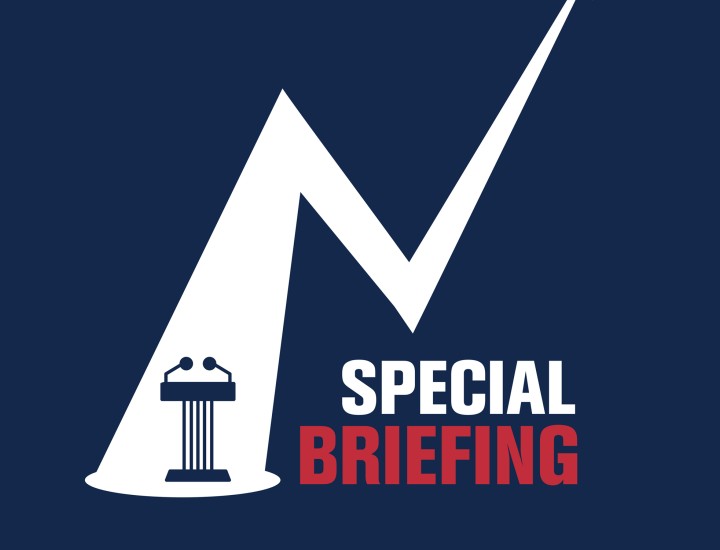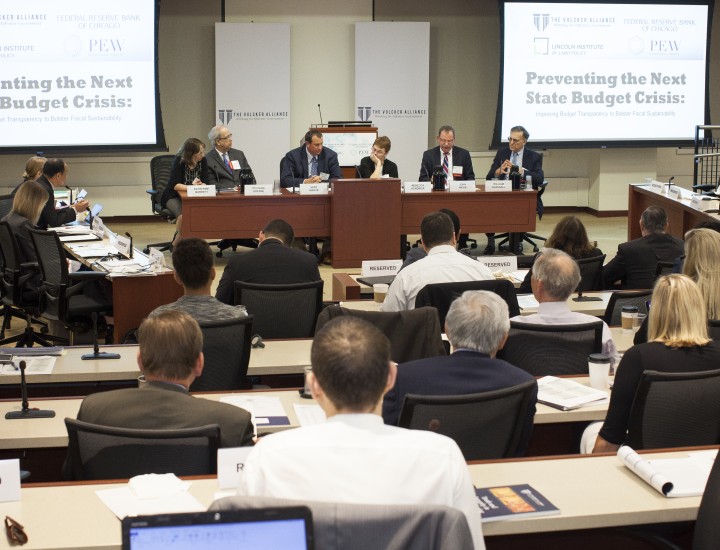Improved Federal COVID-19 Aid Reporting Should Be Just the First Step
Tracking how $350 billion in federal COVID-19 aid is being spent by states, counties, and cities is a daunting task. This is the challenge that the US Treasury faces with the Coronavirus State and Local Fiscal Recovery Funds (SLFRF) program, part of the American Rescue Plan Act (the Act) passed in early 2021. In June, Treasury took a big step toward improving transparency in this program by posting aggregate data of the largest governments’ reported usage. This disclosure is in contrast with previous postings of preliminary fillings required by the Act and Treasury from each of the 3,777 recipients. The structured and aggregated format of the latest reporting empowers researchers and policymakers to more easily analyze decisions being made across the nation and the impacts they are having.
Previous postings by Treasury, while interim in nature, consisted of an overwhelming 3,777 individual documents detailing the self-reported use of funds across categories and sub-categories. This method of public release made understanding larger trends across the nation prohibitively difficult and time consuming. Understanding these trends is an essential step in improving decision making and identifying potential pitfalls, as seen in the Volcker Alliance’s issue paper, The $195 Billion Challenge, which found that some states may face a fiscal cliff after using one-time aid to fund ongoing programs. As state and local governments continue decide how to allocate the remaining billions of dollars, data on how other states, counties and cities are spending their dollars can also provide valuable insight into fiscally prudent uses of their own funds.
This new Treasury reporting standard significantly improves the accessibility and usefulness of the disclosures, but transparency could be improved even further. States, counties, and cities are submitting ever more granular information on programs funded with SLFRF dollars. This data could similarly be released in an aggregated and downloadable manner. Already required by Treasury, this information ranges from construction timelines for broadband and infrastructure investments to program success metrics, with myriad additional data that could broaden the understanding of how states and localities are spending their federal aid. There is precedent for releasing information about where public funds are going, such as Treasury’s innovative approach to designing and implementing the Digital Accountability and Transparency Act of 2014, which in turn lead to another excellent transparency example: USAspending.gov.
It is crucial that stakeholders, such as potential sub-grant recipients and elected officials on both the federal and state levels, understand how SLFRF dollars are being spent, and that begins with easy access to useful, aggregated data. It is encouraging to see the US Treasury further align its requirements with reporting recommendations outlined in The $195 Billion Challenge, hopefully with additional disclosure improvements to come.


